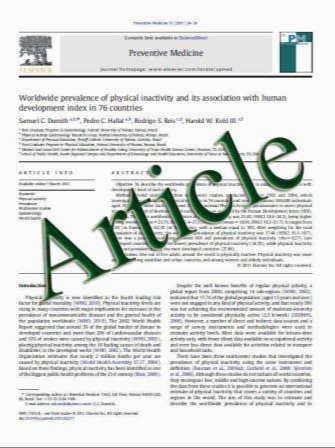Prediction of the no-reflow phenomenon during percutaneous coronary intervention using coronary computed tomography angiography
- نوع فایل : کتاب
- زبان : انگلیسی
- مؤلف : Hiroto Harigaya Sadako Motoyama Masayoshi Sarai Kaori Inoue Tomonori Hara Masanori Okumura Hiroyuki Naruse Junnichi Ishii Hitoshi Hish
- چاپ و سال / کشور: 2010
Description
Coronary computed tomography angiography (CTA) can assess plaque characteristics and plaque size noninvasively. The purpose of this study was to investigate whether coronary CTA before percutaneous coronary intervention (PCI) can predict the no-reflow phenomenon during PCI. Seventy-eight patients [acute coronary syndrome (ACS) = 43, stable angina pectoris (SAP) = 35, male/female = 72/6, age: 65 ± 10 years] who underwent 16- or 64-slice CTA in the 4 weeks before PCI were enrolled. The low attenuation plaque size on CTA was compared between patients with (NR?) and without the no-reflow phenomenon (NR-). No-reflow phenomenon was observed in 11 patients, including 10 patients with ACS and 1 patient with SAP. Low attenuation plaque was detected in 9 (82%) NR(?) lesions and 35 (52%) NR(-) lesions. The length of low attenuation plaque was significantly longer in NR(?) than in NR(-) patients (9.0 ± 6.5 vs. 1.6 ± 2.7 mm, p\0.0001). On step-wise regression analysis, ACS (p = 0.036, 95% CI = 0.009–0.258) and the presence of low attenuation plaque with a length [4.7 mm (p\0.001, 95% CI = 0.447–0.778) were significant independent predictors of NR(-) no-reflow phenomenon. Low attenuation plaque with lesion length of [4.7 mm on coronary CTA and ACS were the significant predictors for the no-reflow phenomenon during PCI. Coronary CTA assessment before PCI would be useful to predict coronary events during PCI in advance.
Heart Vessels (2011) 26:363–369 DOI 10.1007/s00380-010-0059-3 Received: 11 July 2009 / Accepted: 30 April 2010 / Published online: 6 November 2010


